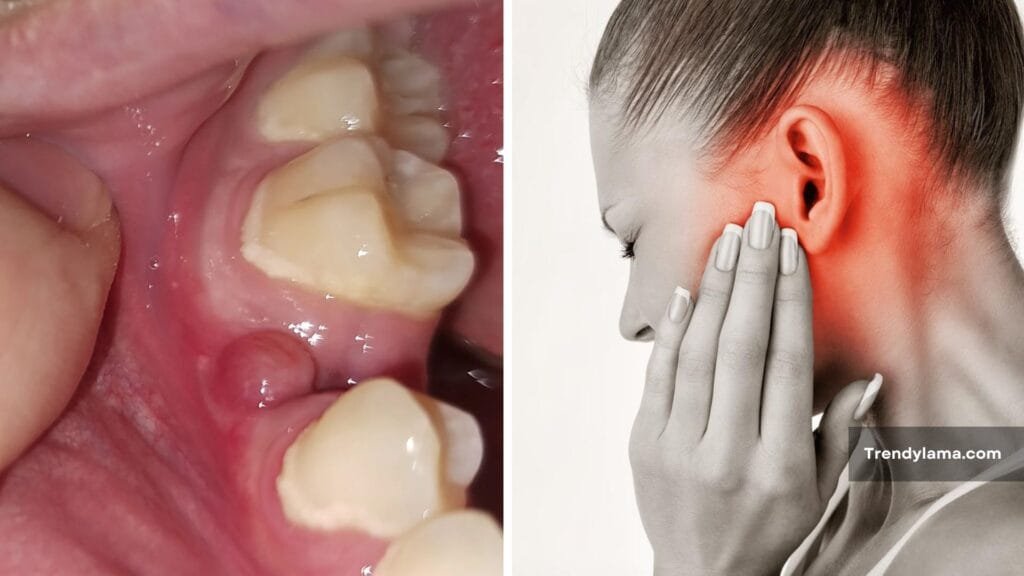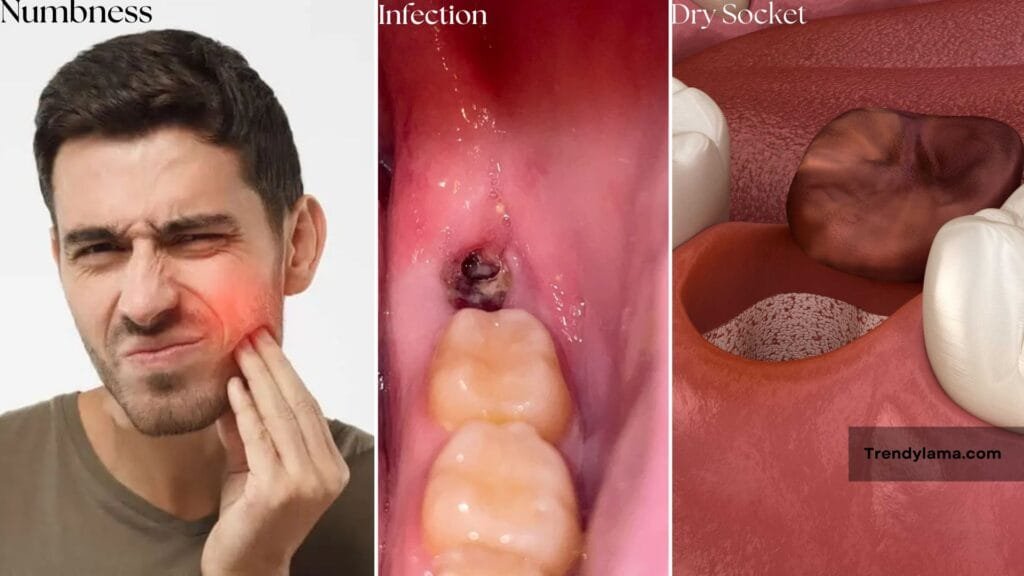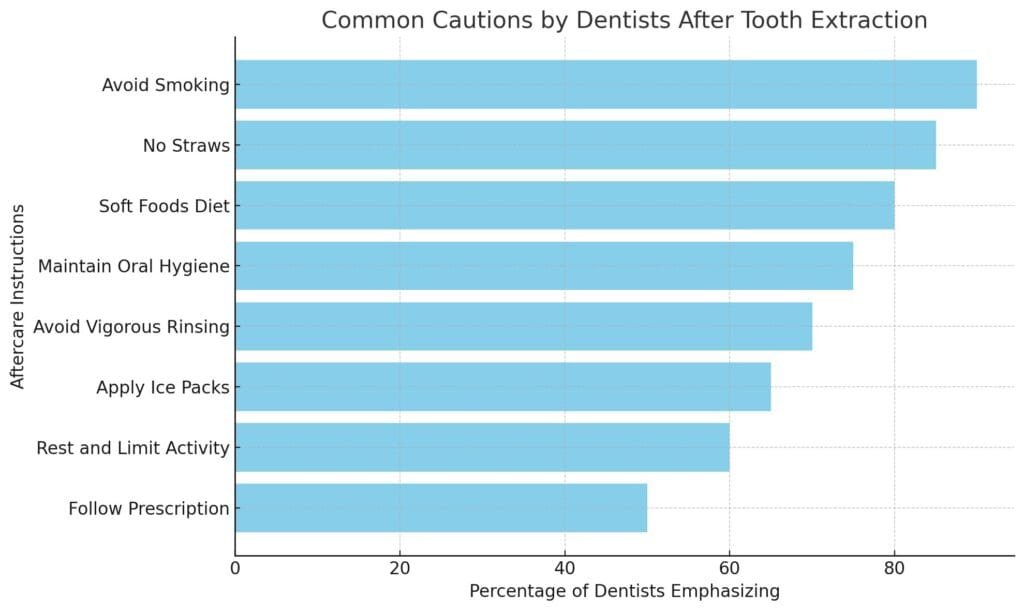Tooth extraction is the pulling out of the tooth that many people may sometimes require due to tooth decay, infection, or when having orthodontic treatment. As much as this process seems complicated, good knowledge of how to take care of oneself after the operation and what happens after tooth extraction makes the whole process bearable. What happens immediately after a tattoo? Below are the tips that you would want to read about recovery after tattooing, what to expect as complications, and how to recover in the long run.
What to Expect After Tooth Extraction
But if you have a tooth removed, your body heals itself almost immediately. The bone and the nerves underneath are protected with a blood clot forming in the empty socket, and tissue regeneration begins. A clot that forms during a wisdom tooth extraction is critical to recovery and is essential to keep from dislodging, damaging, or causing a dry socket.
Expect mild pain, swelling, and some bleeding during the 1st few days after the extraction of a tooth. Recognizing these common symptoms and how to deal with them makes your healing process smoother.

Common Symptoms After Tooth Extraction
Pain and Tenderness
However, after tooth extraction, pain is a natural response, and more so when the anesthesia has worn off. The intensity depends on the complexity of the procedure, but over-the-counter pain relievers like ibuprofen tend to work.
Swelling and Bruising
The swelling in the cheek, the site of the extraction, peaks within the first 48 hours and includes swelling around this area. It might also bruise, particularly after surgical extractions, but it resolves within a week.
Mild Bleeding
- During the first 24 hours, you should expect oozing or light bleeding. Gently biting down on gauze can control it. Don’t force spit spitting, as it will dislodge the clot.
Difficulty Eating or Speaking
Typical is mild discomfort while chewing or talking, which disappears as the area heals. Eat soft foods, and avoid hard or sticky food that might irritate the socket.

Caring for Teeth Following After Tooth Extraction
Control Bleeding
- After the extraction site is properly gauzed, change the gauze over the extraction site every 30-45 minutes until the bleeding stops.
- For continuing bleeding, use a damp tea bag. Tea tannins promote clotting.
Reduce Swelling
- For the first 24 hours, apply an ice pack to your cheek in 10-minute intervals.
- Don’t use heat packs in the first stage to overinflate the swelling.
Maintain Oral Hygiene
- Do not brush around this area for 24 hours. Then, rinse with warm salt water using a soft-bristled toothbrush.
- Avoid mouthwash containing alcohol since it can irritate healthy tissue.
Follow a Soft Diet
- Eat only soups, yogurt, mashed potatoes and smoothies.
- Don’t eat hot, spicy, or crunchy foods that could unclothe the clot or irritate the area.
Avoid Smoking and Alcohol
- However, smoking increases your risk of dry sockets, as the suction can pry loose the clot. Alcohol will also unobtrusively interfere with the healing process in your mouth and create irritation at the extraction site.
Timeline for Recovery After Tooth Removal
Day 1-2:
- The swelling starts a blood clot forms.
Day 3-5:
- Often, the pain and swelling goes away. Dry socket risk is reduced, and the healing sequence is improved.
Day 7-10:
- After a few days, gum tissue begins to close, and stitches (if used) are removed during an after-visit appointment.
Two Weeks and Beyond:
- Bone and tissue regeneration continue, and most discomfort is gone.
Every person heals after a tooth extraction in a different way. Still, if you follow these guidelines, you’re going to ensure your recovery process runs smoothly.

Complications After Tooth Extraction Prevention
Complications are rare, but if not taken properly they may still occur. For example:
Dry Socket
- In this situation, the blood clot either breaks off or dissolves too soon, exposing the bone and the nerves. This can produce severe pain and delay healing. Remove teeth as soon as possible after the extraction to prevent dry sockets.
- Straws should be avoided, or if that cannot be helped, as should smoking and vigorous rinsing immediately after the extraction.
Infection
- If you have any of these symptoms, it could be a sign of infection — such as increased pain, swelling, fever, or pus discharge.
- Good oral hygiene and strict adherence to the post-operative instructions tend to minimize risk.
Excessive Bleeding
- If bleeding doesn’t stop after 24 hours, you need to seek immediate attention.
Prolonged Numbness
- If you feel numb beyond a few hours, especially in the lower jaw, it could indicate nerve damage, and your dentist should see you about it.

Long-Term Care After Tooth Extraction
Once the initial recovery period is over, adopting healthy habits can prevent future dental issues:
- Daily brushed and flossed.
- Visiting the dentist regularly may allow us to see our oral health.
- The loss of your tooth and the jaw bone structure associated with it are not permanent and can be replaced with implants or bridges.
Conclusion
Frightening, but when it comes to the first recovery after tooth extraction, understanding what can be expected and how to care for your mouth can make the experience a little easier. Each step speeds up recovery and keeps things as comfortable as possible: To prevent swelling, to prevent complications, or even to keep oral hygiene.
See your dentist if you have problems with discomfort that lasts for more than 1 or 2 days after you get a tooth pulled or if you have unusual symptoms. By following these guidelines you will be protecting your overall dental health and making sure you heal smoothly.
FAQs About Recovery After Tooth Extraction
1. How quickly does anyone recover after tooth extraction?
Soft tissue healing is generally complete within 1 to 2 weeks, and full recovery of bone, including regeneration, can take several months.
2. After what foods can I eat after tooth extraction?
Soft and cool foods like yogurt, mashed potatoes, applesauce, smoothies, and soups are what you should stick to. Hard, crunchy, or spicy foods can irritate the socket or dislodge the blood clot in the first week, so avoid those foods.
3. Can you bleed after tooth extraction?
Bleeding within 24 hours is mild and usually refers to oozing as well. Controlblebleeding will come from gauze on which you bite gently and then replace every 30-45 minutes as needed. Contact your dentist if the bleeding lasts more than 24 hours or if it is heavy.
4. What is a dry socket, and how do I avoid developing one?
When someone pushes out or picks out the blood clot prematurely, exposing the bone and nerves, they create a condition called a dry socket. This can cause great discomfort as well as prolong healing. To prevent dry sockets, don’t smoke, use straws, vigorously rinse, and spit in the first few days following tooth extraction.
5. How soon do I need to brush my teeth after tooth extraction?
For the first 24 hours, it is best to avoid brushing around your whole site. After that, using a soft little bristled toothbrush, gently brush around this area. To prevent irritation of the socket, rinse with warm salt water.
6. What signals to my dentist if I don’t call after one or more tooth extractions?
If the pain lasts more than a few hours, contact your dentist. Also, call if you have heavy bleeding. Inflammation, heat, or discharge may be present in a bacterial infection… Another reason to reach out is numbness. But complications can have these symptoms and those need professional care.







